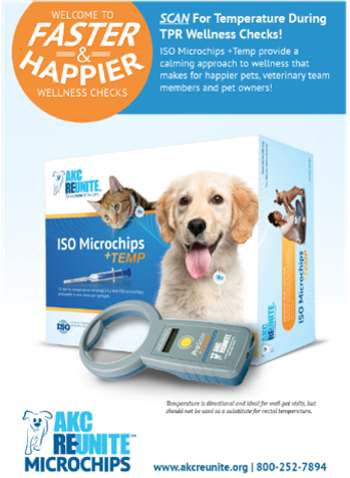
WVC 2017: Ten Tips for Neurologic Examinations
At WVC 2017, Dr. Sarah Moore offered practical tips for testing postural reactions and spinal reflexes in dogs and cats.
At the 2017 Western Veterinary Conference in Las Vegas, Sarah Moore, DVM, DACVIM (Neurology), offered practical tips for testing postural reactions and spinal reflexes in dogs and cats.
- When testing conscious proprioception, provide weight support (place a hand under the patient’s chest when manipulating a thoracic limb or under the abdomen when manipulating a pelvic limb).
- Do not put pressure on the ventral surface of the foot when placing the dorsal surface on the floor. Pushing the foot down can stimulate patients to flip the foot to the normal position even if they have a proprioception deficit.
- To test hopping, provide weight support, lift the opposite leg slightly off the floor, and push the gently toward the leg being tested. There is no need to abduct the opposite leg or lift it high off the floor, which could be uncomfortable for the patient.
- The patellar reflex can be tested either with or without preloading the tendon (flexing the knee a few times before testing). The results are about the same either way, said Dr. Moore, and the key is to know how a normal response looks.
- When testing pelvic limb withdrawal, watch for hock flexion as well as stifle and hip flexion. The sciatic nerve is responsible for hock flexion, and the femoral nerve is responsible for hip flexion. Decreased hock flexion can indicate a problem with the sciatic nerve.
- Test pelvic limb withdrawal on both sides of the paw. The femoral nerve provides sensory innervation to the medial side. The sciatic nerve provides sensory innervation to the lateral side and motor innervation to both sides.
- If a patient resists lying in lateral recumbency, try testing spinal reflexes with the patient standing or (if small enough) sitting in an assistant’s lap with all four legs facing forward.
- Test the cutaneous trunci (panniculus) reflex by gently pinching the skin on both sides of the spine, beginning at the level of the wing of the ilium. If the reflex is present in this location, there is no need to continue testing cranially. The reflex is normally present from the level of the scapula to the wing of the ilium and can disappear about two spinal segments caudal to a thoracolumbar lesion.
- Perform spinal palpation after testing postural reactions and spinal reflexes in case palpation causes pain. Progressively increase palpation pressure. Lightly palpate for masses, atrophy, and asymmetry before more firmly palpating the muscles next to the dorsal spinous processes.
- Test for lumbosacral pain by moving the tail in every direction and by using a finger inserted rectally to push upward on the sacrum. Rectal palpation of the ventral sacrum may find nerve root pain that is not evident on external palpation of the dorsal sacrum, said Dr. Moore. She recommends saving rectal palpation for last.
Dr. Laurie Anne Walden received her doctorate in veterinary medicine from North Carolina State University. After an internship in small animal medicine and surgery at Auburn University, she returned to North Carolina, where she has been in small animal primary care practice for over 20 years. Dr. Walden is also a board-certified editor in the life sciences and owner of Walden Medical Writing, LLC. She works as a full-time freelance medical writer and editor and continues to see patients a few days each month.
Newsletter
From exam room tips to practice management insights, get trusted veterinary news delivered straight to your inbox—subscribe to dvm360.





